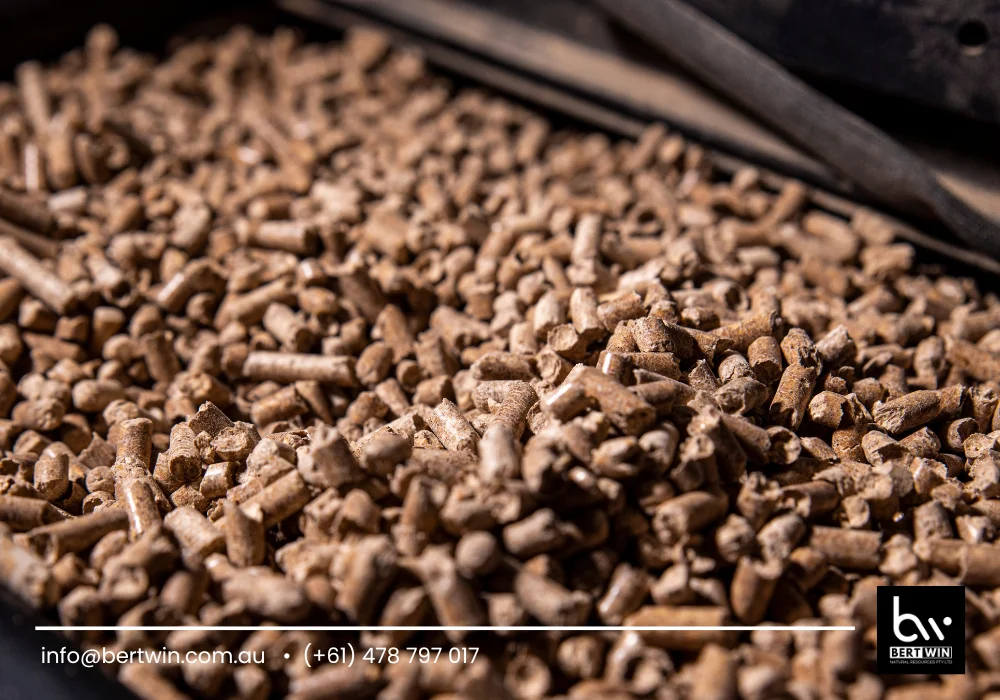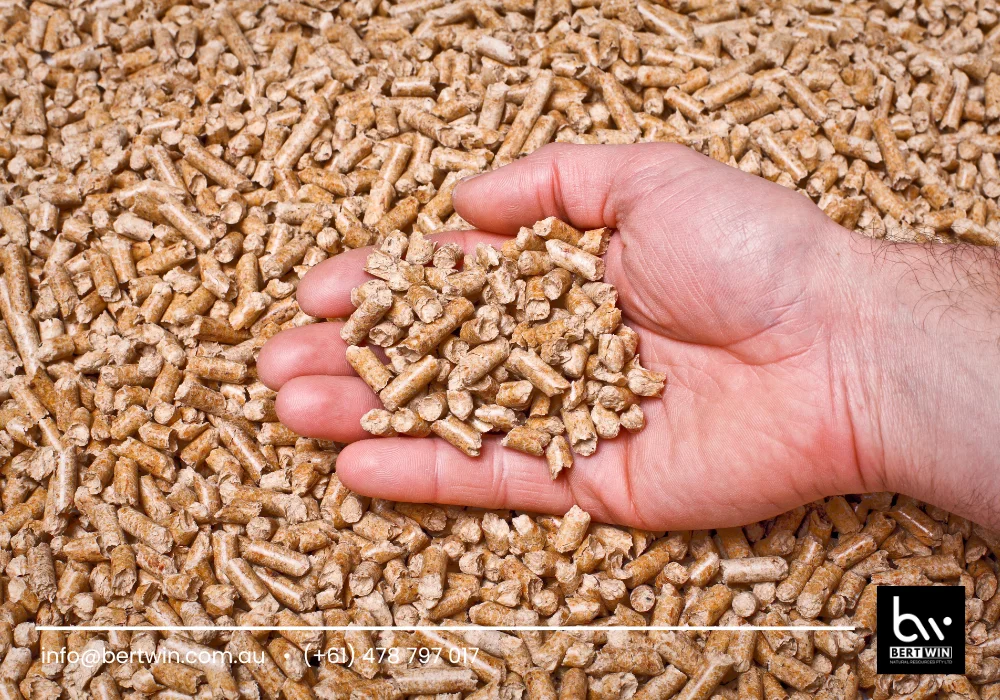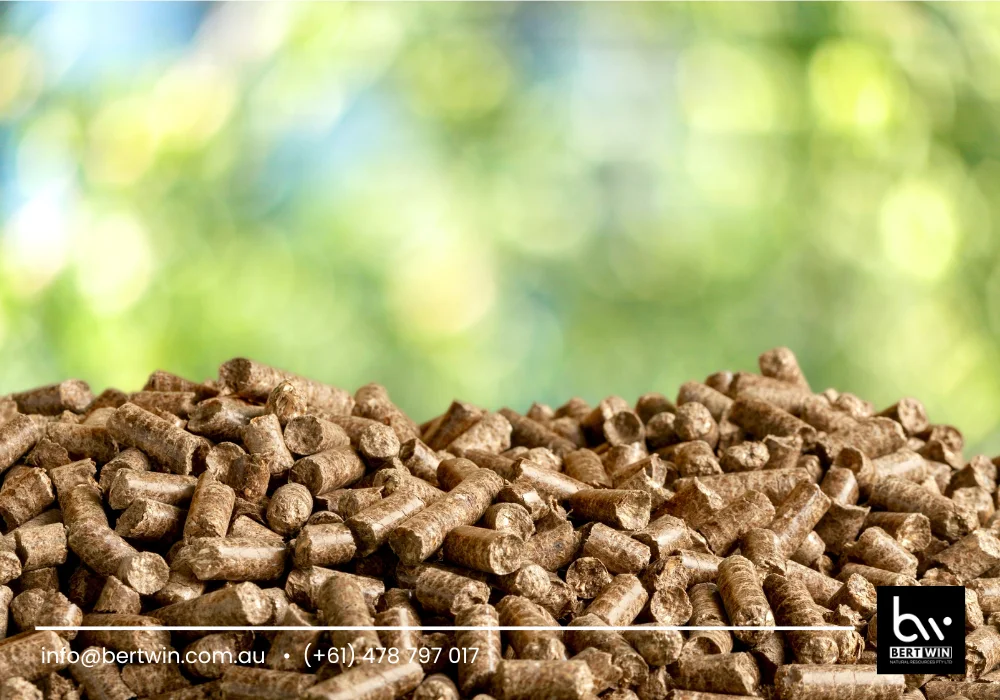
The large wood pellet price has become a hot topic in recent years. As the demand for sustainable energy sources like renewable wood pellets rises, understanding these prices in the wood pellet supply market is crucial. Wood pellets offer an eco-friendly alternative to fossil fuels, and their affordability can significantly impact heating costs. Historically, wood pellets gained popularity in the 1970s during the oil crisis, leading to increased production and usage. Today, consumers seek reliable information on pricing trends and market fluctuations to make informed choices. This post will explore current pricing dynamics and factors influencing large wood pellet prices.
Market Trends and Factors
Supply and Demand Dynamics
The global wood chip pellet market relies heavily on supply and demand. Regions with abundant timber resources often dominate production. For instance, North America and Europe are major wood pellet production areas. They have the infrastructure to support large-scale manufacturing. As demand rises, particularly in Europe for renewable energy, prices tend to increase. Conversely, if production exceeds demand, prices may drop.
Economic Influences
Economic conditions play a significant role in the wood pellets market. Fluctuations in fuel prices can impact demand for wood pellets. When fossil fuel costs rise, consumers may turn to more affordable alternatives like wood pellets. Changes in currency value can affect export competitiveness. Countries with stronger currencies may see a decrease in exports as their products become more expensive abroad.
Seasonal Variations
Seasonal factors also influence large wood pellet prices. Demand typically peaks during winter months due to heating needs. Manufacturers ramp up production ahead of this period. As a result, prices may rise in autumn as consumers prepare for colder weather. In spring and summer, demand usually declines, leading to potential price reductions.
Packaging Options and Pricing
Small Bags vs Bulk Bags
Wood pellet pricing often varies based on packaging. Small bags typically contain 10 to 15 kilograms of pellets. These bags are convenient for home users. They usually cost more per kilogram than bulk options.
Bulk bags, on the other hand, can hold up to 1,000 kilograms. The price per kilogram is lower with bulk purchases. Many suppliers offer discounts for larger quantities. This makes bulk bags an attractive option for businesses or frequent users.

Cost Implications of Packaging
The choice between small and bulk bags affects overall costs. For instance, the average wood pellets export price may be lower when buying in bulk. Shipping costs also tend to decrease with larger orders.
Suppliers often charge extra for packaging materials and handling with small bags. Thus, consumers must consider these factors when evaluating wood pellet prices.
Purchasing Decisions
Consumers face important decisions regarding wood pellet purchases. Factors include storage space, frequency of use, and budget constraints. Premium pellets might have a higher initial cost but can provide better efficiency and burn quality.
Buyers should compare prices from various suppliers. Understanding the average wood pellets import price helps in making informed choices.
Lifespan and Efficiency
Expected Duration of Use
Wood pellets typically have a long lifespan when stored properly. They can last for several years if kept in a dry environment. The moisture content is crucial; lower moisture levels lead to better durability. Users should consider the storage conditions to maximise the lifespan of their wood pellets.
Heating Efficiency
Heating efficiency is vital for any fuel source. Wood pellets provide high energy output per unit weight. They burn more completely than traditional firewood, reducing ash and increasing heat production. This efficiency translates to lower heating costs over time. A well-maintained pellet stove can achieve an efficiency rate of up to 90%.
Value for Money
Investing in wood pellets can offer significant value for money. Although the initial cost may seem high, the savings on heating bills can be substantial. Users often find that the consistent quality of wood pellets leads to fewer replacements and less maintenance. They are more environmentally friendly compared to fossil fuels. Many people appreciate this aspect along with the economic benefits.

Summary
Understanding the large wood pellet price is crucial for your energy decisions. You’ve explored market trends, packaging options, and the lifespan and efficiency of pellets. Each factor influences your overall costs and benefits.
Stay informed about pricing fluctuations and packaging choices to get the best value. Your energy needs can be met efficiently with the right information. Don’t hesitate to dive deeper into this topic. Explore local suppliers, compare prices, and consider bulk purchases. Knowledge is power, and being proactive can save you money.
Frequently Asked Questions
What are the current trends in large wood pellet pricing?
Large wood pellet prices are influenced by demand, supply chain logistics, and regional availability. Recent trends indicate a steady increase due to rising energy costs and environmental regulations promoting renewable energy sources.
How do packaging options affect large wood pellet prices?
Packaging options can significantly impact pricing. Bulk purchases typically offer lower costs per tonne compared to smaller bags. Choosing the right packaging can lead to savings and convenience for both consumers and suppliers.
What is the lifespan of large wood pellets?
The lifespan of large wood pellets depends on storage conditions. When kept dry and in a cool environment, they can last up to two years without losing quality. Proper storage maximises efficiency and performance when burned.
How efficient are large wood pellets as a fuel source?
Large wood pellets are highly efficient, providing a high calorific value with low emissions. They burn cleaner than traditional fossil fuels, making them an eco-friendly choice for heating and energy generation.
Are there any factors affecting the price of large wood pellets?
Yes, several factors influence pricing, including raw material costs, production methods, seasonal demand fluctuations, and transportation expenses. Staying informed about these variables can help consumers make better purchasing decisions.
Where can I find competitive prices for large wood pellets?
Competitive prices for large wood pellets can be found through local suppliers, online marketplaces, or industry trade shows. Comparing multiple sources ensures you get the best deal available in your area.
Is it worth investing in large wood pellets for heating?
Investing in large wood pellets for heating is worthwhile due to their cost-effectiveness and environmental benefits. They provide a sustainable alternative to fossil fuels while offering significant savings on heating bills over time.
In conclusion, if you are eager to delve deeper into the details of coir products, feel free to explore our website at www.bertwin.com.au. Additionally, for direct and instant connection with our team, you can reach us through the following WhatsApp link here. We look forward to providing you with the information and assistance you need.
